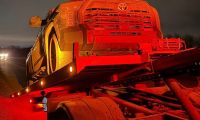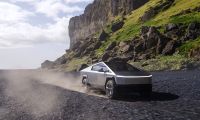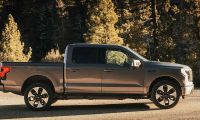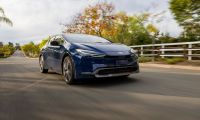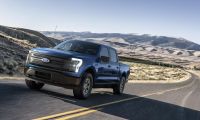The design, the fundamental characteristic of Tesla's futuristic electric pick-up - which again, attracted so much controversy at the beginning, with totally polarized opinions - now becomes its main distinctive feature. Beyond the fact that the Tesla Cybertruck is an electric vehicle equipped with the highest technology, its strange design was the most commented by experts, analysts and general public, when it was presented. Now, after the virtual (and unofficial) simulation tests, it is shown that it was not just about designing something different, it was also about improving the usually very poor aerodynamic efficiency of this type of vehicle.
With the Cybertruck there was no – and there is no - middle ground: staunch defenders of its design, or criticism and attacks on its somewhat grotesque forms (according to attackers). The only thing both parties could agree on was its innovative charachteristic, something that is indeed indisputable. That feature now comes to offer a surprise that perhaps only those who designed the vehicle expected: in the CGI simulation tests (performed virtually by computer simulations) the results have been more than encouraging.
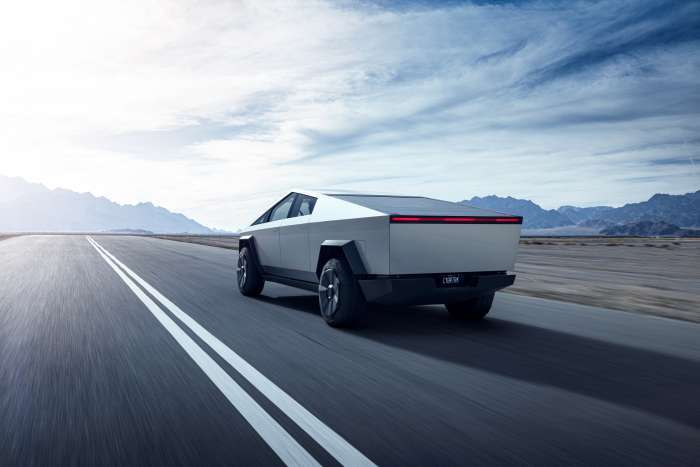
The design of the Cybertruck responds to several criteria that the manufacturer actually wanted to capture in it: the first was to integrate it into a stainless steel exoskeleton, which forced some concessions in terms of design that lead to very regular and sharp geometric shapes. There is also the emotional part, because Elon Musk wanted to take inspiration from the science fiction and cyberpunk culture of Blade Runner (that '80s dystopian science fiction movie) to present it as an similarly legendary vehicle that his followers could not resist.
But apparently there was also a third parameter that is now coming to light: pure aerodynamics. For the most part, typical pick-up designs perform very poorly in aerodynamic tests, achieving drag coefficients of 0.55 or even 0.65. However, in the Cybertruck aerodynamic performance study, the result is that this coefficient is surprisingly reduced to only 0.39.
Aleix Lázaro Prat, an engineer for "Numerical Systems" software company, used aerodynamic simulation technology to carry out a study that has been published on LinkedIn. It includes some pretty amazing results: the first is that - contrary to what many anticipated - the sharp edge of the roof where it meets the windshield does not produce large wind swirls. At this point the airflow detaches from the bodywork, and continues on its way without causing turbulence. "The boundary layer doesn't grow substantially, which is quite noticeable and a huge aerodynamic advantage as compared to other trucks". In addition, the diffuser at the rear works very well creating a suction and thus reducing the wind exit trail.
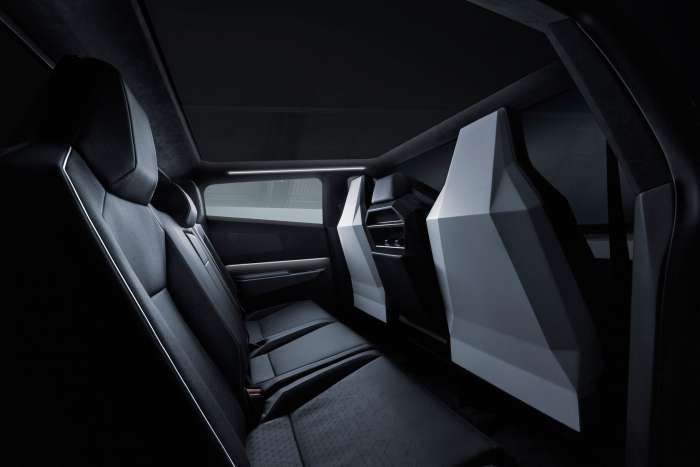
On the other hand, it is also specifically noted in the study that the design has a lot of room for improvement. The results show the turbulence created by the leading edge structures, the very complex shaped wheel arch protectors, and the geometry of both the A-pillar and the C-pillar. Those efficiency-impairing wind swirls are created by the “sharpness” of the geometric edges, which increase the air resistance of the vehicle. In addition, at the very sharp rear (top and side edge) the airflow instantly detaches creating a considerably large low-energy zone.
.@elonmusk … when we going to get some updates on @TeslaCybertruck ? It’s been forever $TSLA @Tesla https://t.co/8sK6q17Ep1
— Mental (@ward069) July 26, 2022
Numeric Systems has not worked with the final geometry of the Tesla pick-up, so this result should not be considered anything more than a preliminary step for those that are officially carried out with the actual production vehicle, and in real wind tunnel tests. There are fundamental factors such as the lack of rear-view mirrors: still unknown if they will be replaced by cameras, or if they will be conventional ones, or even if they will be removable, as Elon Musk hinted not long ago. The CEO said that the coefficient could be further reduced to 0.30, which would be an extraordinary result for a vehicle of this type. The start date of production - of the final version - and the first deliveries has been delayed many times already, although it is expected to finally happen in mid-2023.
Source: electrek
All images courtesy of Tesla Inc.
Nico Caballero is the VP of Finance of Cogency Power, specializing in solar energy. He also holds a Diploma in Electric Cars from Delft University of Technology in the Netherlands, and enjoys doing research about Tesla and EV batteries. He can be reached at @NicoTorqueNews on Twitter. Nico covers Tesla and electric vehicle latest happenings at Torque News.








